A client can choose between a few different standard types of conveyor parts washers. Examples are the U-bend, monorail, and in-line washers. U-Bend washers have a turning feature, bringing the processed parts back to the operator. Read More…
Niagara Systems LLC has offered turnkey custom parts washing systems for over 80 years. With our customization capabilities, our parts washing systems stand out from the competition.
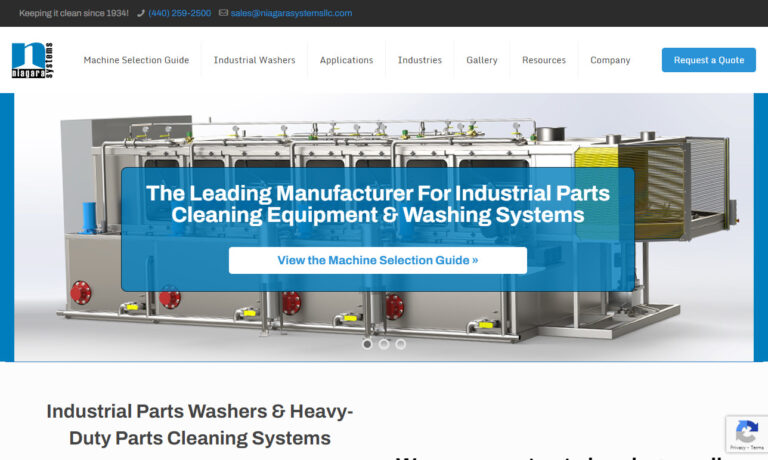
Great Lakes Finishing Equipment, Inc. specializes in supplying parts washers for even the most demanding cleaning jobs. Equipment includes table washers, drum washers, aqueous rotary baskets, aqueous belt washing systems, & more. Let our parts washing specialists assist you with your specific washing applications. Contact us today for all of your parts washer needs.
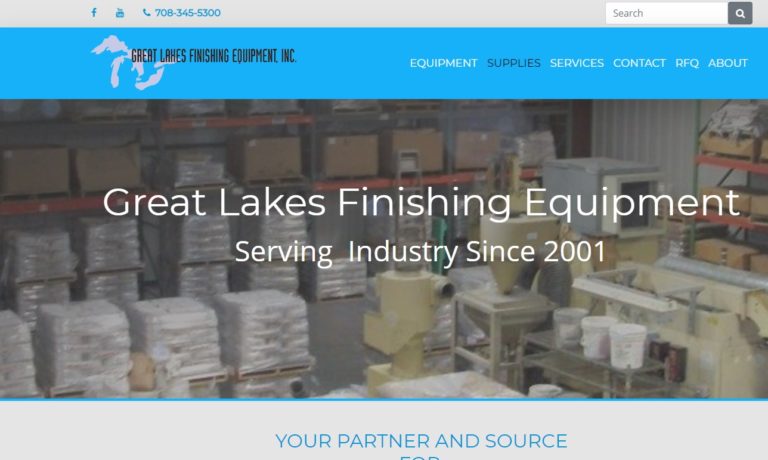
Need help with a parts washer to clean your dirty parts? Contact StingRay to get a quote for an engineered parts washer. StingRay Parts Washer offers a complete solution to your cleaning needs which includes fixturing of your parts, industry approved detergent, engineered parts washer, and the most complete customer service in the industry.
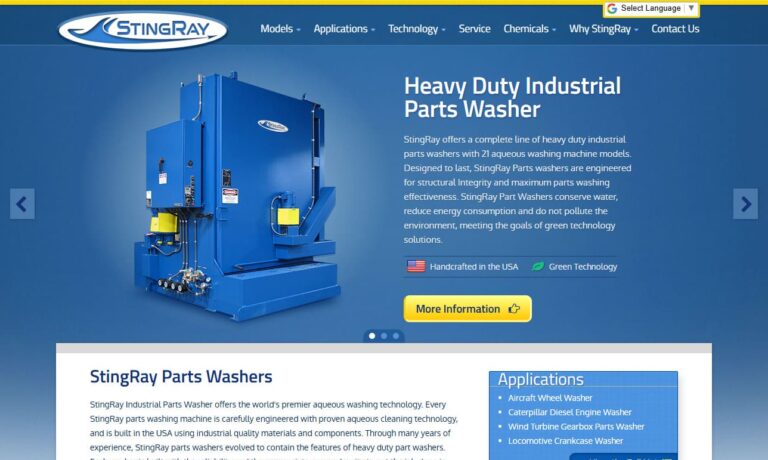
More Conveyor Parts Washer Manufacturers
These work well for industrial dish washing. Monorail washers have an overhead conveyor and are best suited to high-volume, continuous cleaning applications. For example, these are great for very large stamped parts. In-line washers feed parts through a tunnel. These washers are ruggedly built and good for a wide range of cleaning needs. A conveyor parts washer has many optional add-ons, such as a rinser and sealer. A rinser removes cleaning solution residue using highly pressurized water. A sealer applies a rust inhibitor or oil-based mix to the part surface. This addition is useful for the preservation of parts that will have long delays between manufacturing processes.
An advantage of the conveyor parts washer is its versatility. It can be integrated into a handling line, or it can function as a stand-alone system. Similarly, the many different types of conveyor parts washers offer great flexibility to a consumer. They can be fitted to squeeze into a cramped kitchen or made to sprawl on a vast plant floor. A Monorail washer may be a great option to free up space, as it is conducted from overhead.
Washers can be custom-made to fit many variables. Variables include but are not limited to: weight capacity, belt width, turning radius, tunnel height, wash/rinse tank size, wash/rinse tank heating method, pump output, and general dimensions. Generally, a conveyor parts washer can be made to be automatic or manual, to accommodate the consumer. There is also some flexibility with the heating method, the options being steam, gas, and electricity, measured in kilowatts. The best machines are made of stainless steel, as stainless steel is resistant to corrosion, ensuring a longer life. With its many options, the conveyor parts washer is a great option for someone with specialized needs.
Additional Reading...
Understanding the Various Stages of Conveyor Parts Washing
When a manufacturing or re-manufacturing facility requires continuous cleaning of its many machine parts, conveyor parts washers are considered a good investment. With multistage processing, conveyor parts washers, which come with number of design variations, including monorail, “U” bend and in-line washers, support a wide variety of washing requirements. They are specially designed to be rugged and highly customizable, so that new features can be added at later times as necessary. Moreover, conveyor parts washers can be modular and fabricated based on the requirements of the manufacturer.
Conveyor parts washers are designed to work independently and reduce processing costs in terms of labor and operation. In the most modern versions, they are operated via computer commands which not only operate the washer but also provide data about efficiency and other important diagnostic information.
Following find a detailed description of the various stages involved in conveyor parts washing.
Washing Stage: An operator loads the parts or components that need cleaning into the washer using a conveyor—thus, the operator determines the speed of loading. Once the parts reach the cabinet, a heated high-pressure aqueous-based cleaning solution—which come in various types, ranging from acidic to alkaline to neutral, but either contain very little or are free of chlorinated solvents—is streamed through a host of spray manifolds on the parts. The combination of a high-pressure stream and the cleaning action of a solution removes contaminants, such as, metal chips, machine coolants, grease and oils. The used cleaning solution then is filtered through a chip set. The solution goes to a heated solution tank which is usually located above the main tank and re-circulated through spray manifolds.
Rinsing Stage: Once the washing stage is complete, the parts are moved to the rinsing stage. To remove residue and the cleaning solution, the washed parts are rinsed with high-pressure normal water containing no additives. Just like during the washing stage, the used water again is drained from the cabinet and channeled to the tank, which can be either heated or standard, before being re-circulated for rinsing.
Seal Stage: Many applications do not need sealing, thus, many metal parts washers only come with two-stage processing. The sealing stage can be used for processes where the parts being washed are susceptible to corrosion and need anti-corrosion treatment. In this stage, once the parts are rinsed, a rust inhibitor or oil-based mixture that discourages corrosion is applied to the surface of the parts.
Other than these standard stages, a blow-off system, a vapor extraction exhaust system, oil skimmer and filters can be added based on each manufacturer’s needs. The blow-off system employs a motor fitted with air knives that blows off water from the component or parts when they travel on conveyors. A vapor-extraction exhaust system, as the name suggests, routes the moisture-laden air out of the system through a roof top ventilator. An oil skimmer removes trapped oil mechanically. Additional filters have become standard features in many states, since given stringent environment regulations and potential penalties.



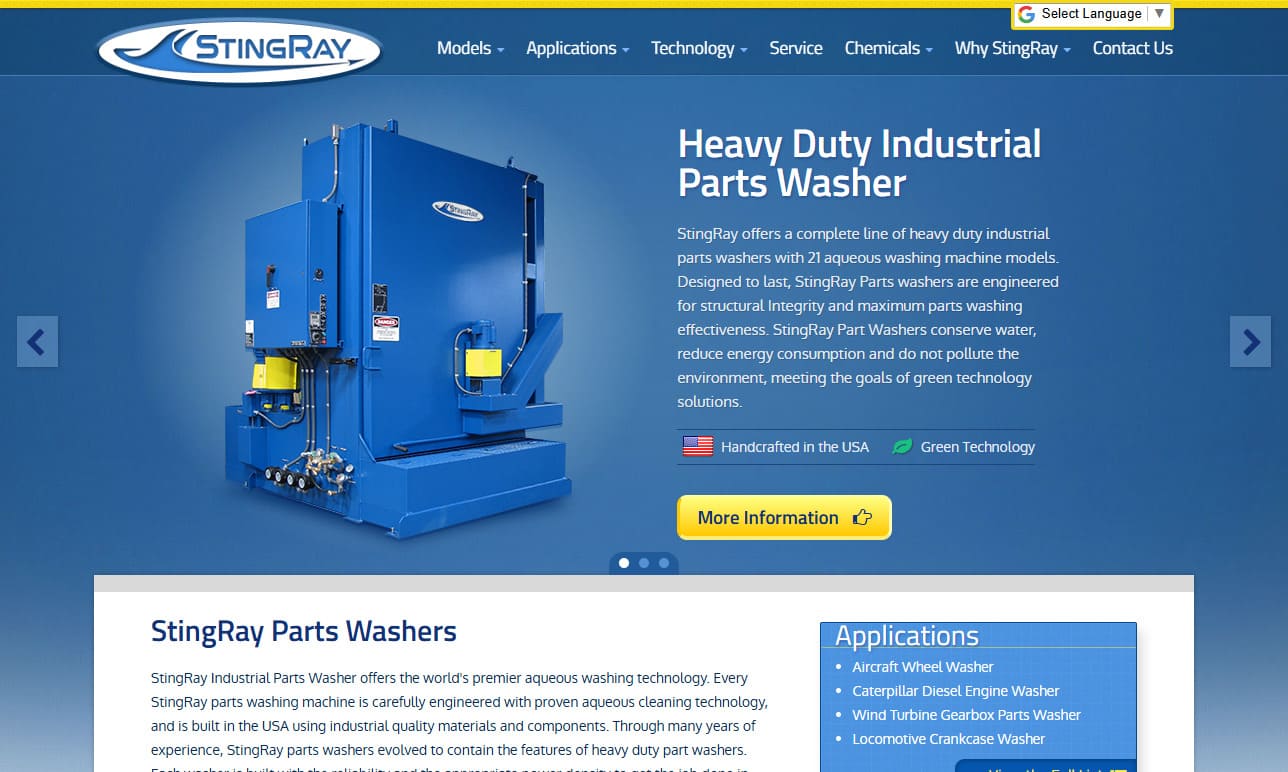

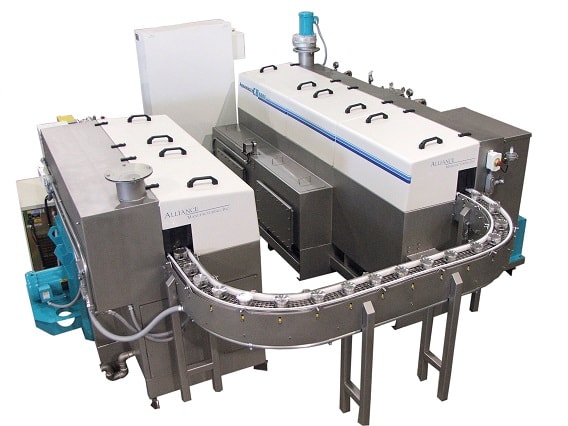
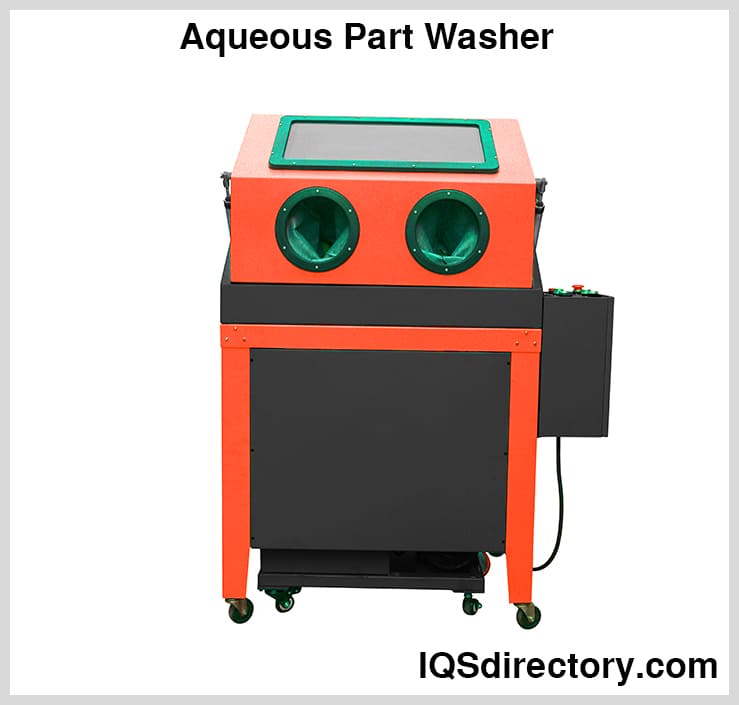
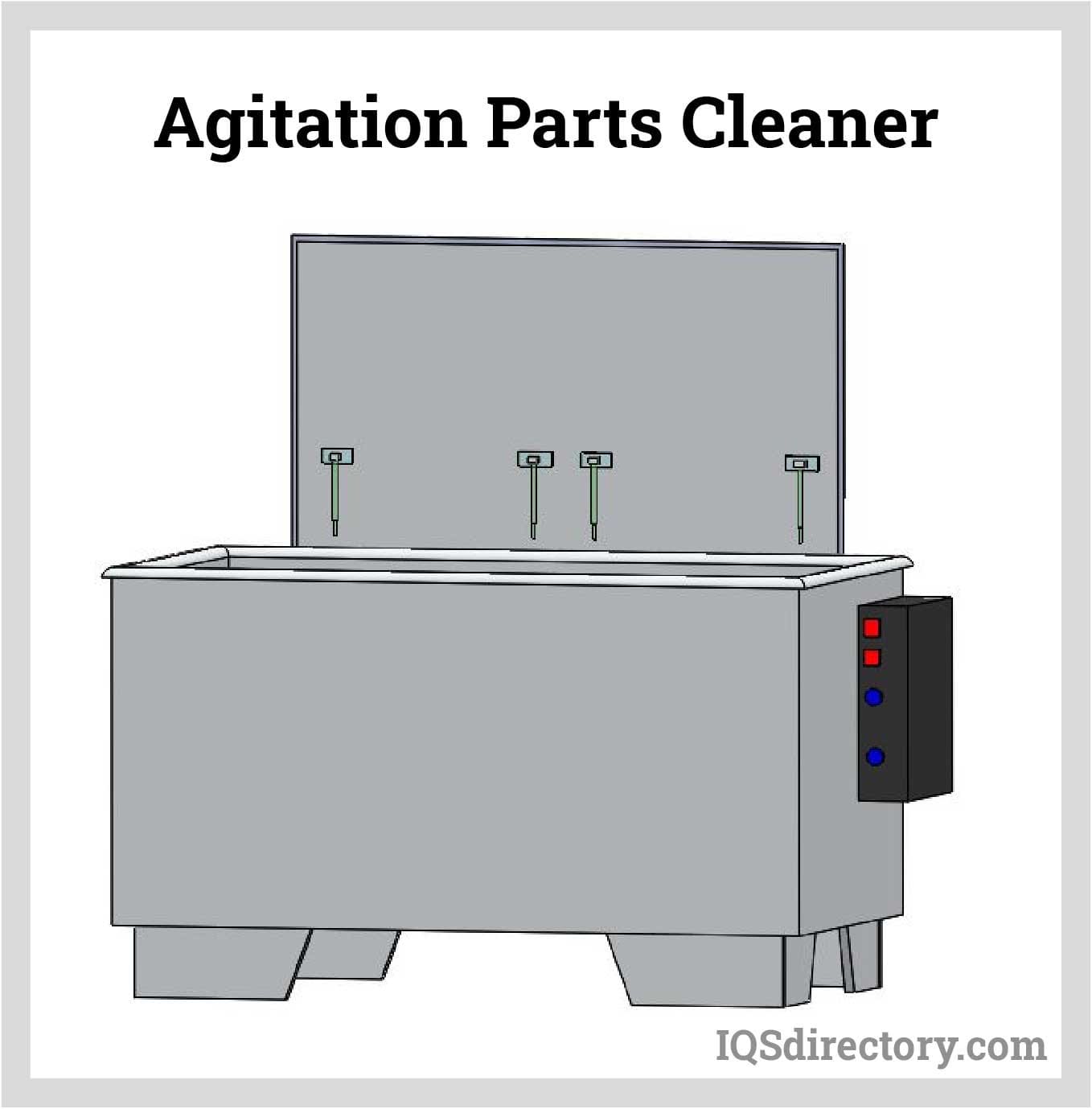
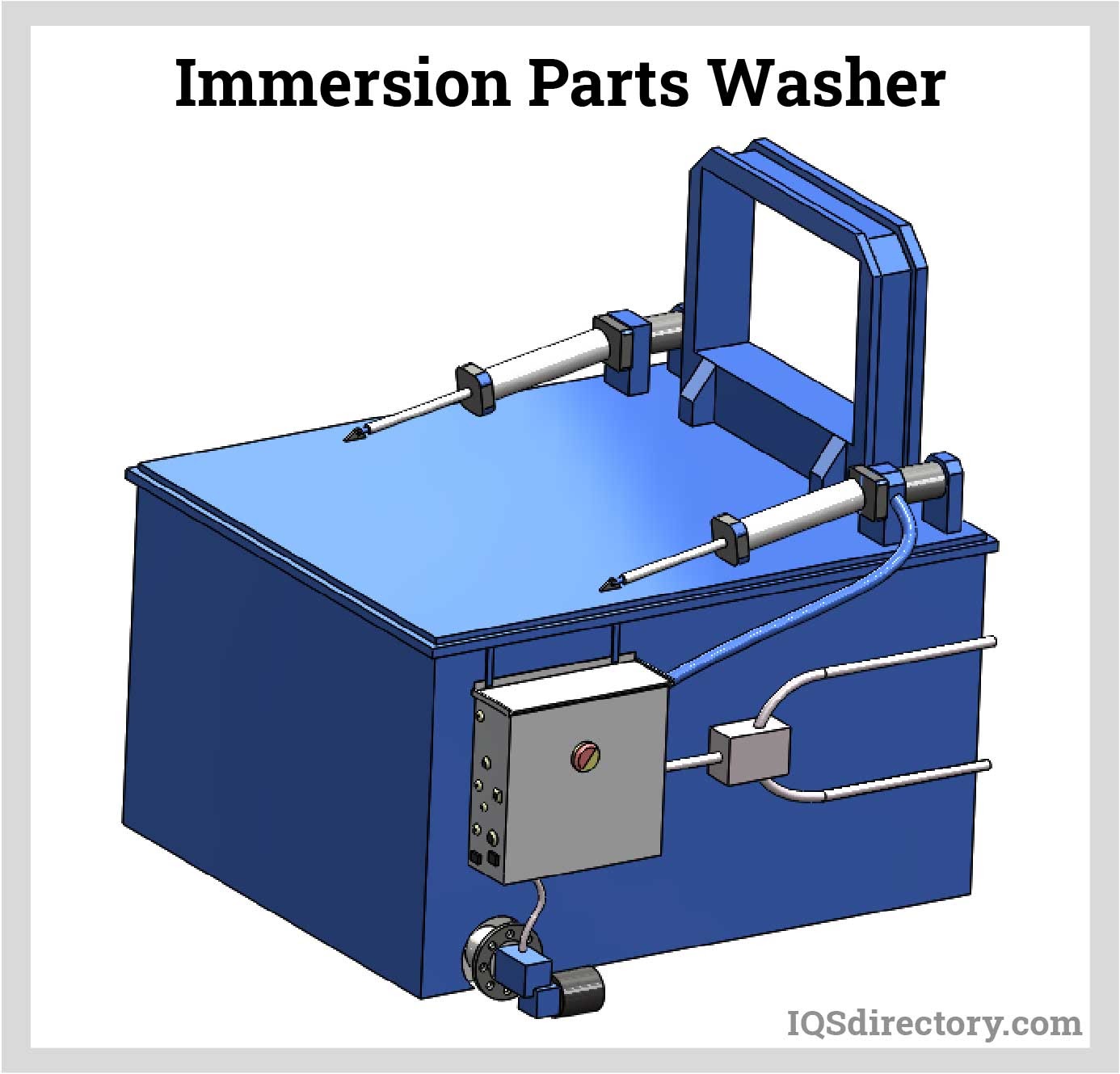
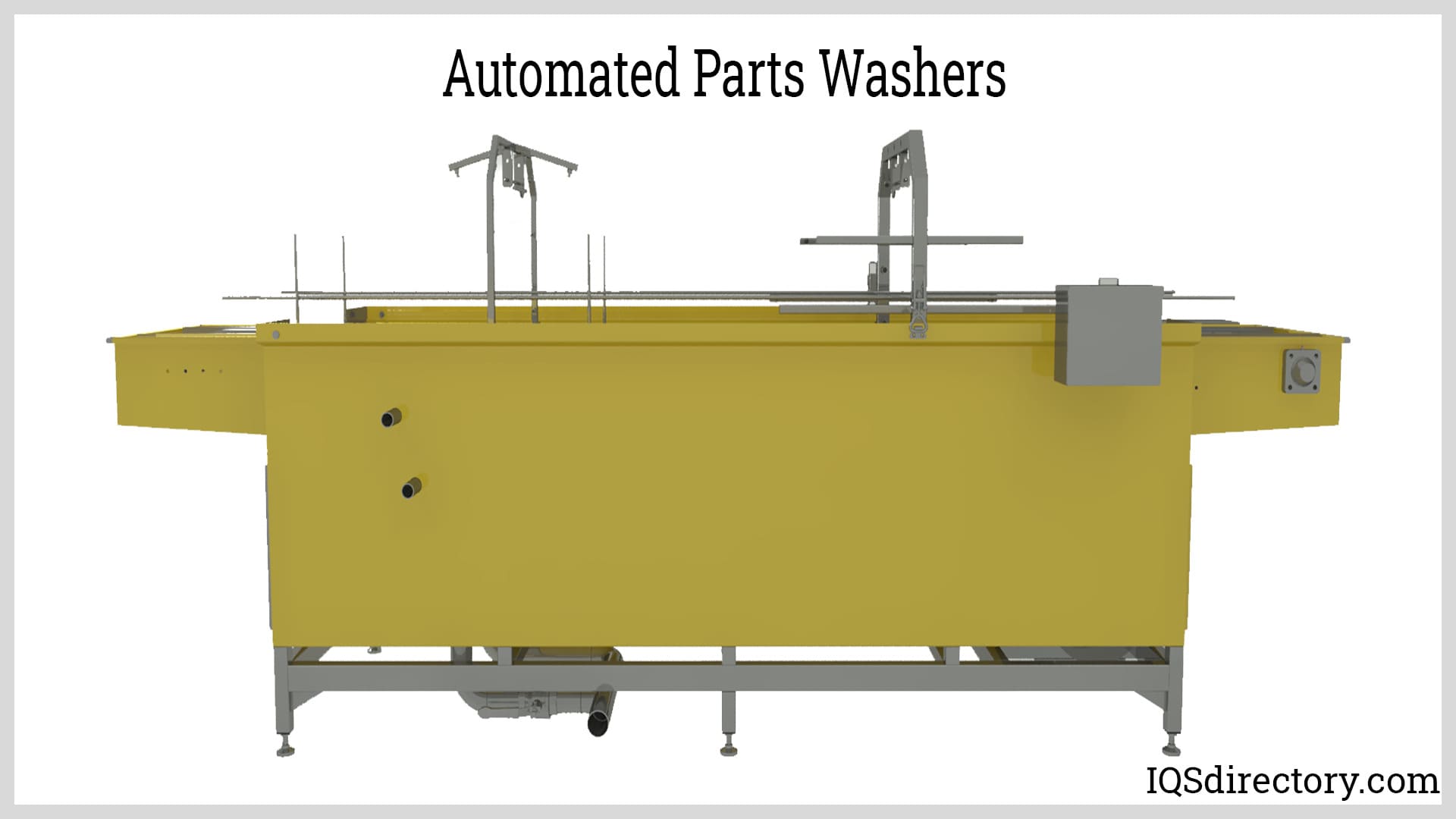
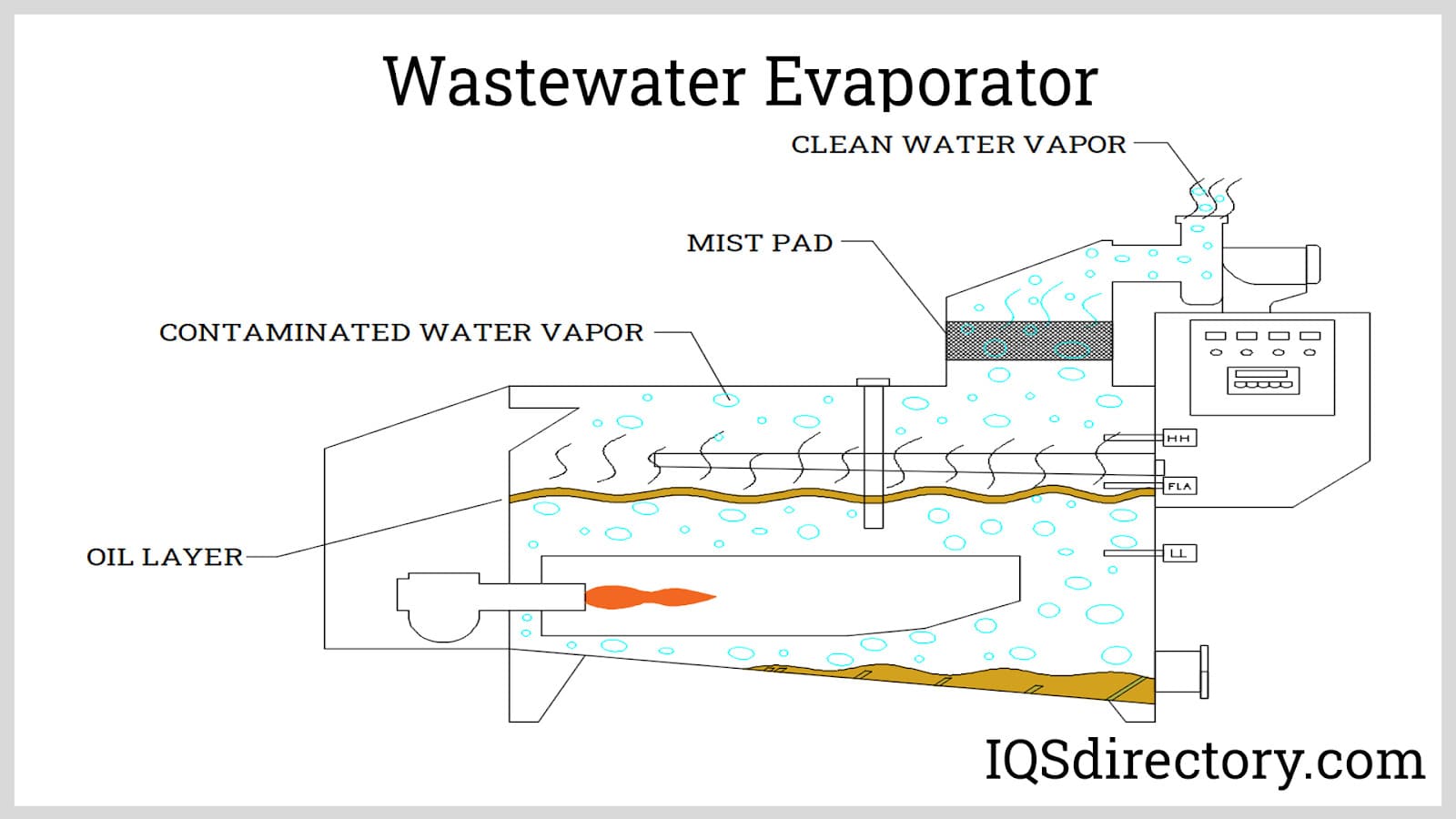
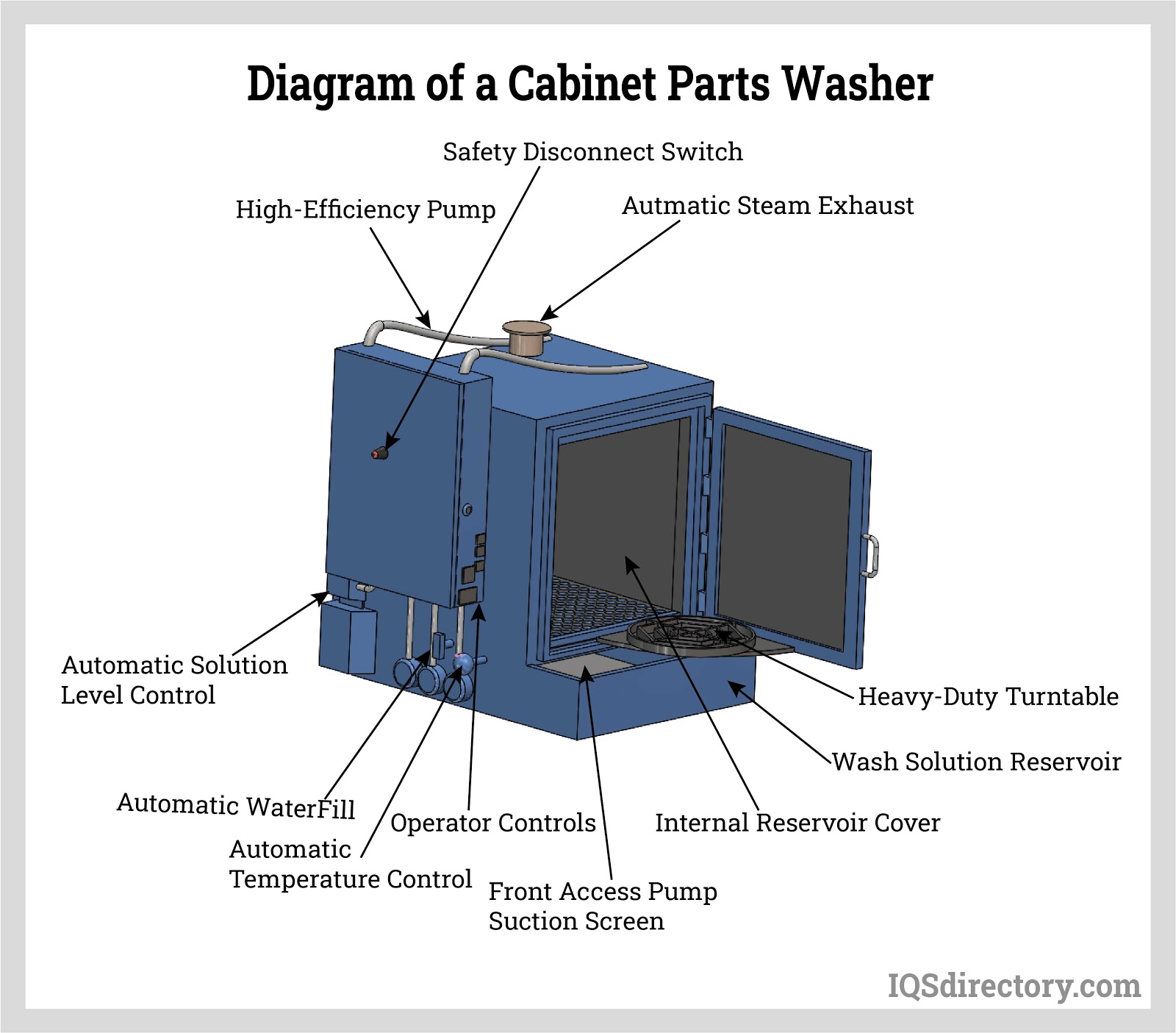
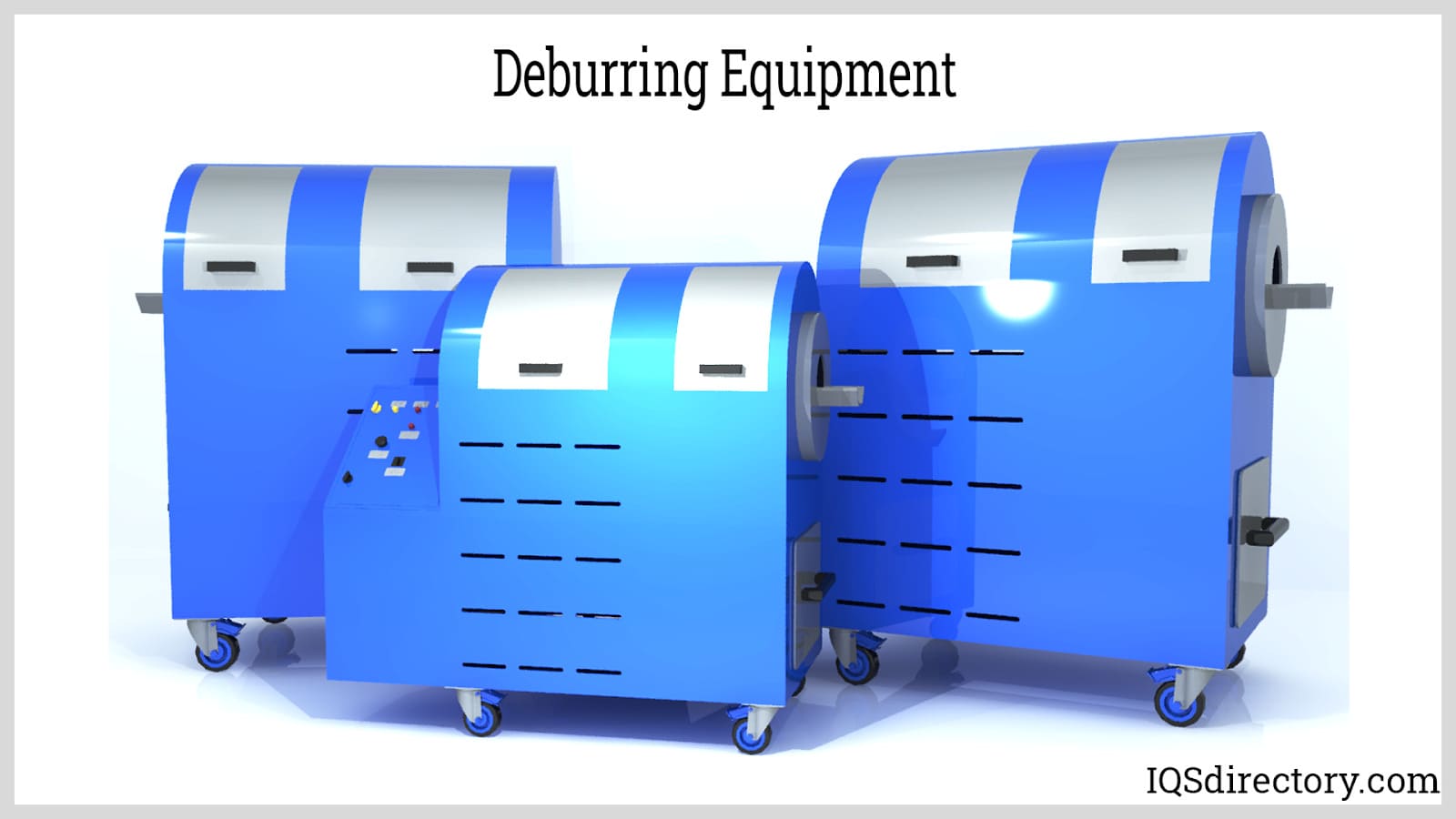
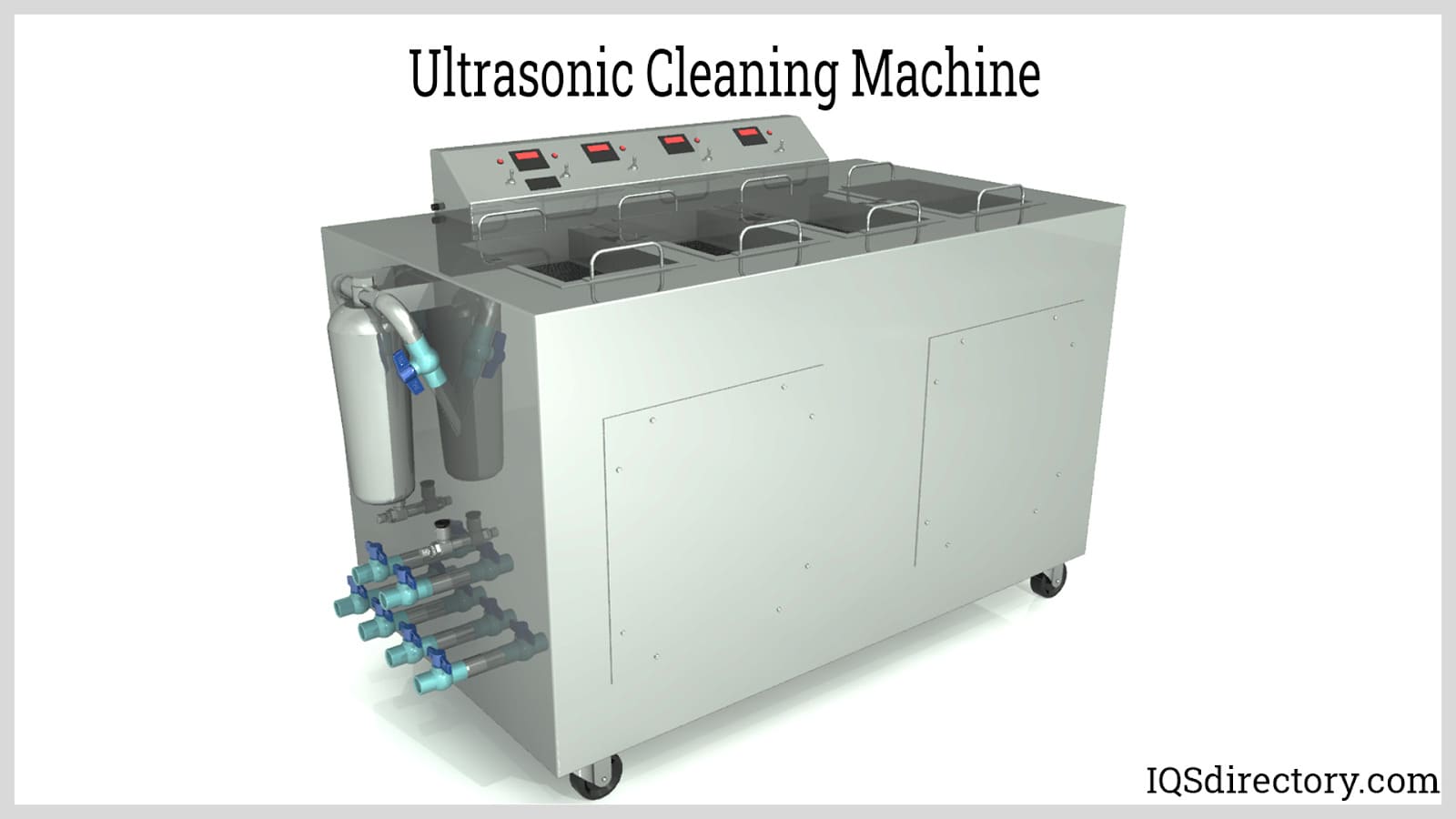
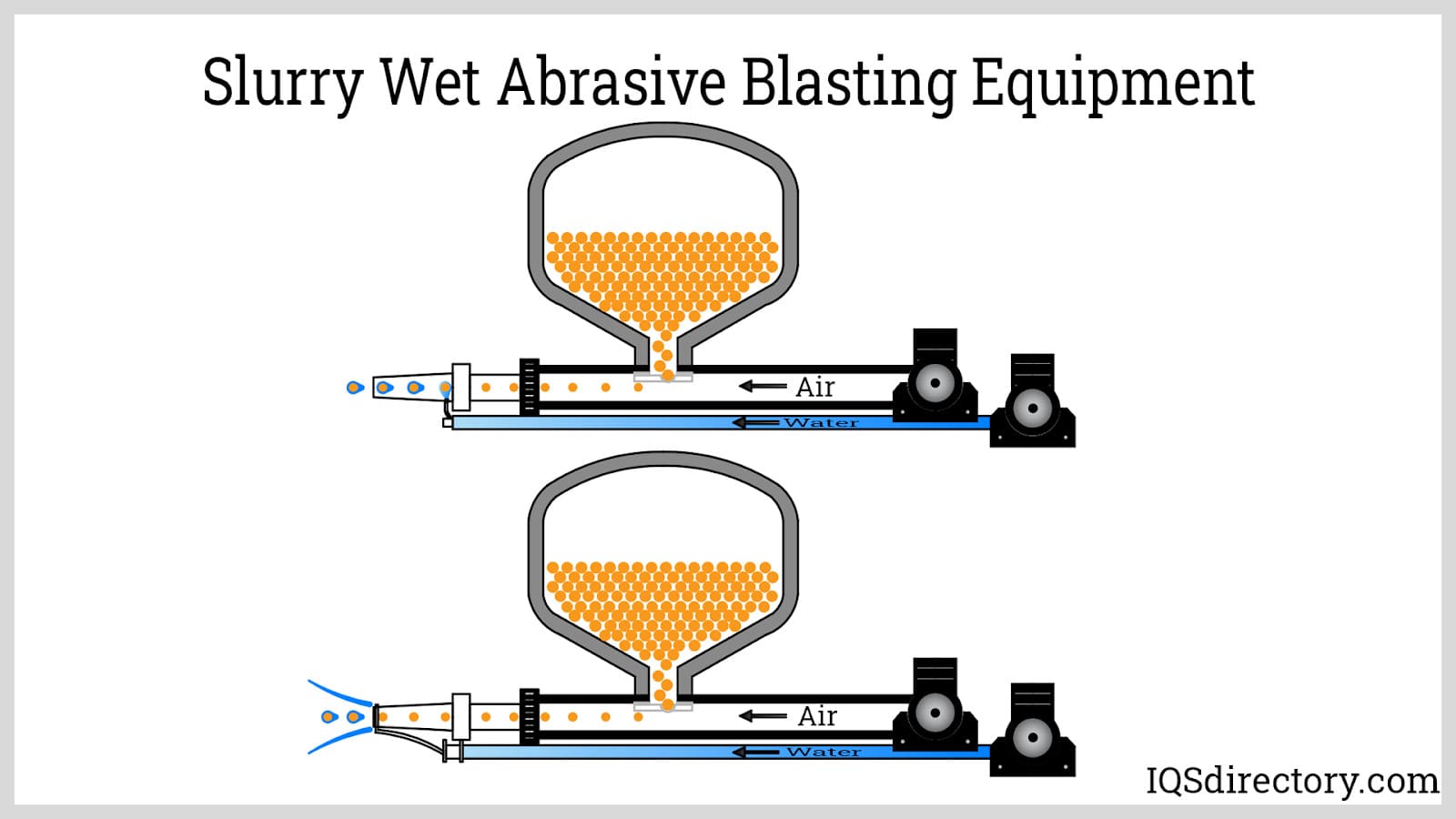
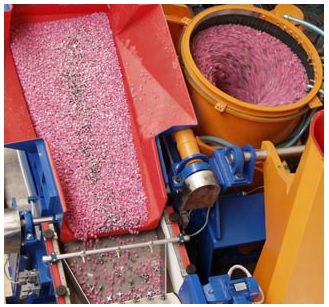 Deburring Machinery
Deburring Machinery Industrial Parts Washers
Industrial Parts Washers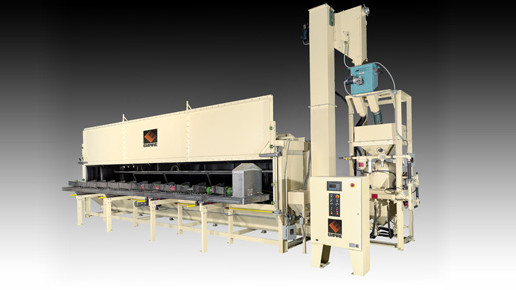 Sandblast Equipment
Sandblast Equipment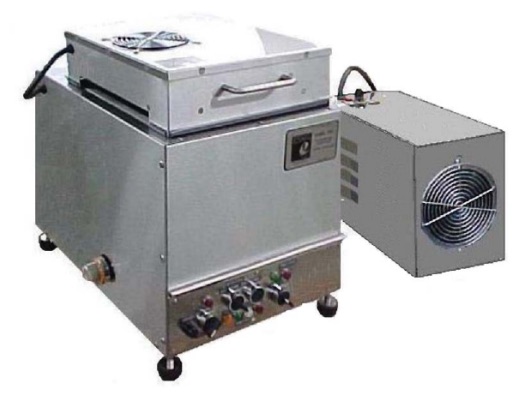 Ultrasonic Cleaners
Ultrasonic Cleaners Castings & Forgings
Castings & Forgings Bulk Material Handling
Bulk Material Handling Electrical & Electronic Components
Electrical & Electronic Components Flow Instrumentation
Flow Instrumentation Hardware
Hardware Material Handling Equipment
Material Handling Equipment Metal Cutting Services
Metal Cutting Services Metal Forming Services
Metal Forming Services Metal Suppliers
Metal Suppliers Motion Control Products
Motion Control Products Plant & Facility Equipment
Plant & Facility Equipment Plant & Facility Supplies
Plant & Facility Supplies Plastic Molding Processes
Plastic Molding Processes Pumps & Valves
Pumps & Valves Recycling Equipment
Recycling Equipment Rubber Products & Services
Rubber Products & Services